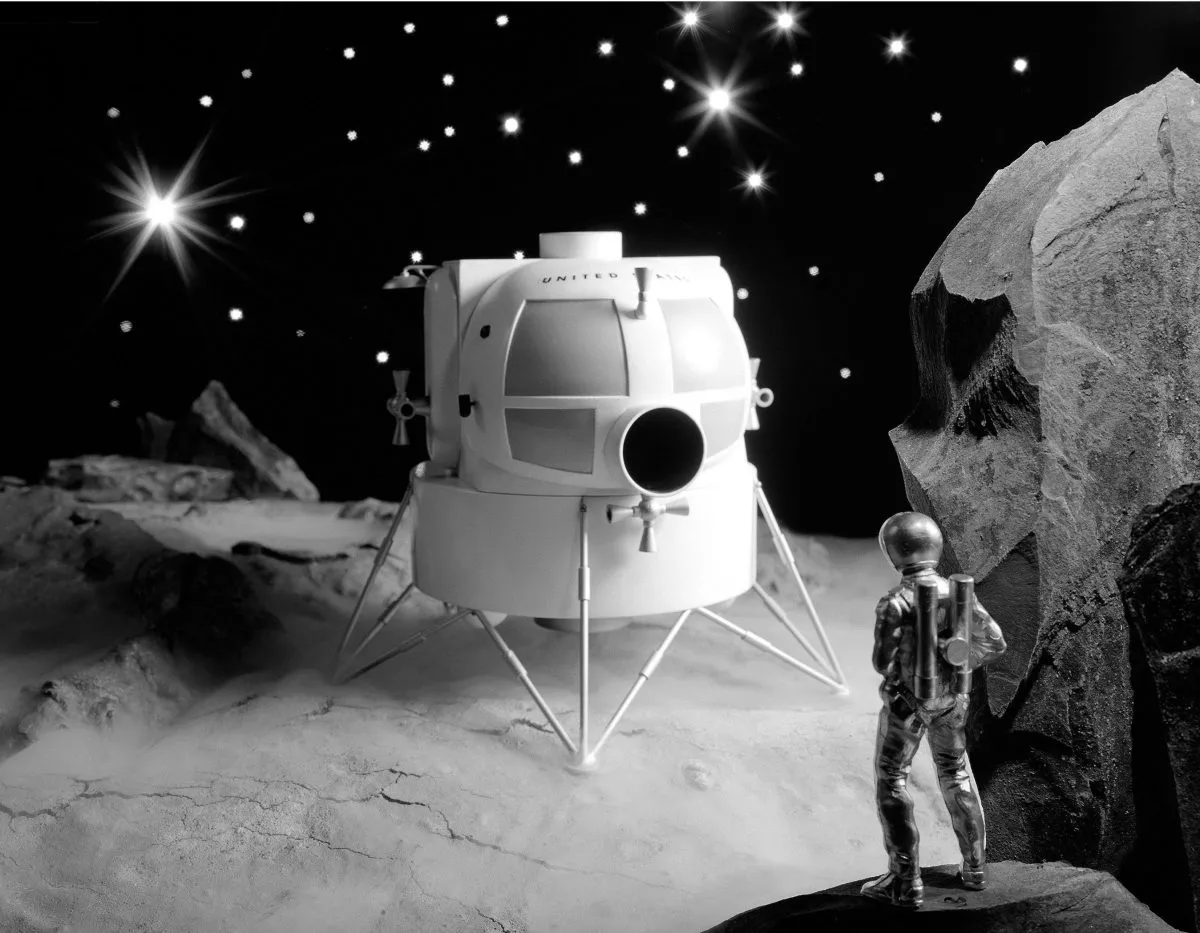The Lunar Module was an amazing spacecraft.When the contract was awarded by NASA to Grumman Aircraft in 1962, nothing like it had ever been built, and nothing like it has been attempted since.
Purpose-built to fly only in the vacuum of space and to operate in low gravity conditions, the Lunar Module proved to be rugged, reliable and versatile.
In its earliest iterations, however, the Lunar Module faced some challenges.
For its first test flights, on Apollo 5 (an uncrewed test flight), Apollo 9 (an Earth-orbital test flight with crew) and Apollo 10 (a descent and staging test in lunar orbit), the Lunar Modules used were still too heavy to land on the Moon.
It was not until Apollo 11 flew that a Moon-worthy Lunar Module could be used to attempt a landing.
It was successful, but was only capable of supporting the astronauts for about a day.

A few months later on the Apollo 12 mission, the life support system was upgraded for a two-day stay on the Moon, enabling two Moonwalks.
Famously on Apollo 13, the Lunar Module served as a lifeboat for the crew when the Command Module was disabled by an exploding oxygen tank, and the Lunar Module provided life support and rocket propulsion to get the crew home safely.
The Lunar Module was again upgraded for Apollos 15, 16 and 17.
Payload capacity was increased, an electric lunar rover was folded inside one of the equipment bays in the lower stage, longer hover times were enabled for safer landings, and life support was extended to 75 hours on the lunar surface, allowing three Moonwalks.
Various modifications of the Lunar Module were also planned for follow-on Apollo missions that did not occur due to budget cuts.
One of these was a LM-based lunar truck, called the Molem, which featured a Lunar Module ascent stage on a wheeled chassis that would provide the astronauts with a mobile cabin from which to extend lunar exploration.
Another modified Lunar Module was planned as a solar observatory in Earth orbit but was later subsumed into the Skylab missions.
Even military variants were allegedly considered to intercept Soviet satellites, but in the end, the Lunar Module finished its service life with Apollo 17.
Grumman’s Lunar Module was one of the most reliable and dependable spacecraft ever flown by NASA.
This article originally appeared in the August 2019 issue of BBC Sky at Night Magazine.
Rod Pyleis the author of 15 space books and Editor-in-Chief ofAd Astramagazine for theNational Space Society.